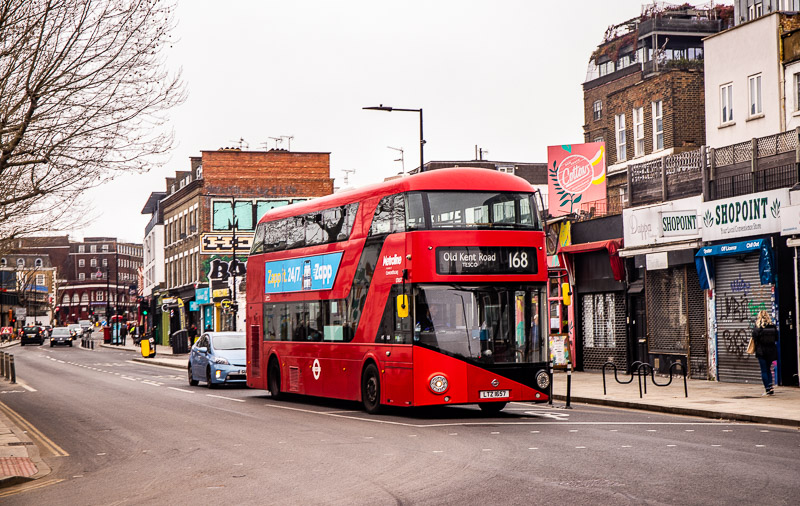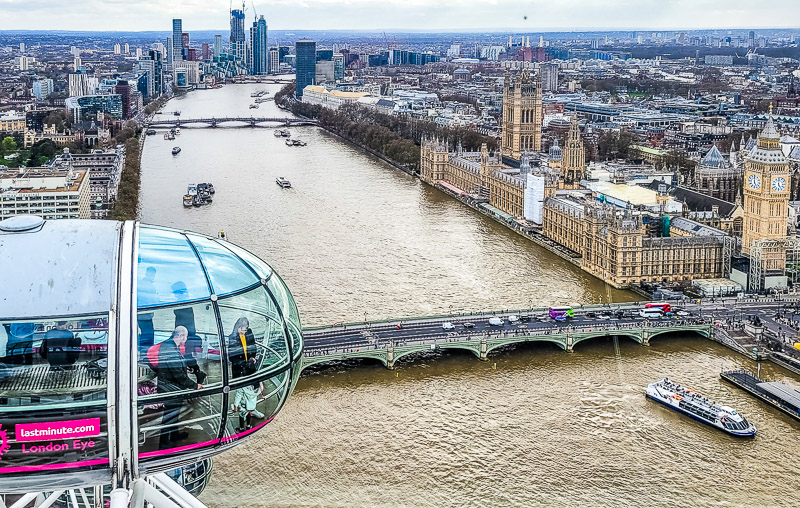This post may contain affiliate links. We may receive a small commission, at no cost to you, if you make a purchase. Read Disclosure.
It is easy to feel intimidated by a city the size of London, especially when it comes to getting around.
London encompasses an area of 607 sq. miles (double the size of NYC) and is packed with world-famous attractions and landmarks, most of which are spread out miles from each other.
It’s impossible to get around London without using public transport. And what’s more, is there are so many types of public transport to choose from, as a visitors, it can be really tough to work it out.
But don’t worry, we’ve been there, we’ve felt the confusion, and cracked the code to navigating London on public transport. Here are our top tips…
Understanding London Zones
Before you can plan getting around London, it’s helpful to understand the London Zones.
For public transport speak, or simply to aid in orientation in London, the city is divided into zones, starting from Zone 1 (in the city center) and expanding out to Zone 9 (on its very far edges).
Most of the top attractions are in Zones 1 & 2, but you may want to stay in Zones 3-6 for cheaper accommodation. It’s helpful to know that the London Underground (or the Tube as the locals call it) only reaches Zone 6.
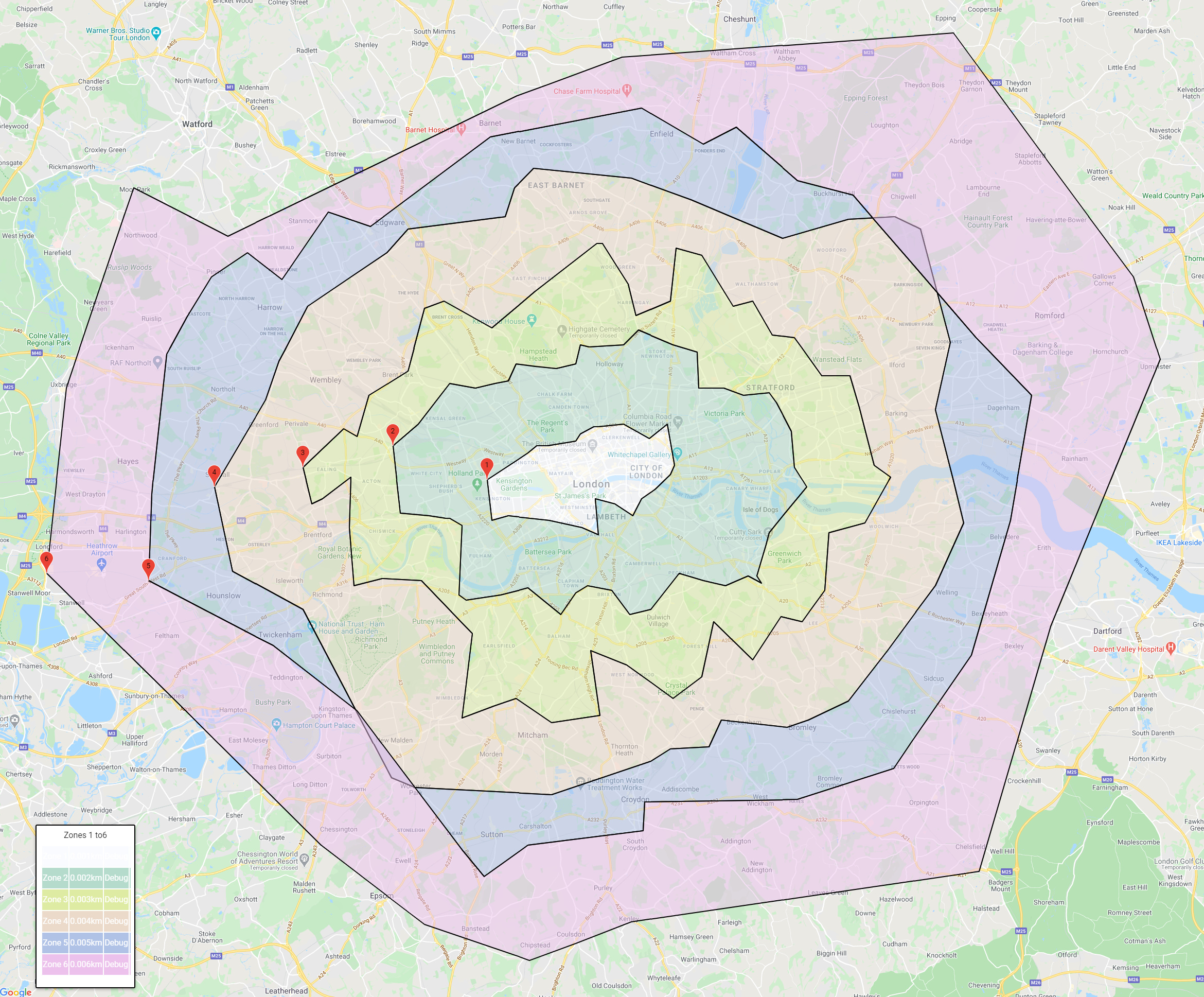
To reach Zone 7-9, you’ll need to take an overground train network, which is fine, but these trains are more expensive.
Staying this far out defeats the point of staying further away from the city center to save money on accommodation, as you’ll end up making up the difference with transport.
Trains in the UK are notoriously expensive!
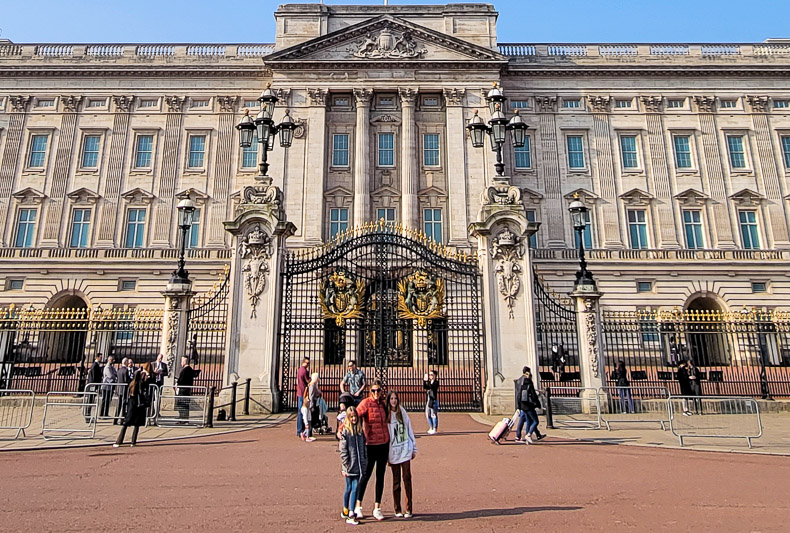
If you’re coming in and out of Heathrow Airport on the tube, it’s handy to know you’ll be coming in from Zone 6.
All of this is necessary to know to understand how much to pay for your Tube tickets as prices are determined by the zones you travel through.
Types of Transport in London
Now you know about the zones, it’s time to introduce you to each mode of transport. We’ll begin with the obvious, the London Underground Network, and then go on to discuss other transport such as buses, ferries, and cabs (taxis).
Afterwards, we’ll share some of our tips for getting around London.
The London Underground (The Tube)
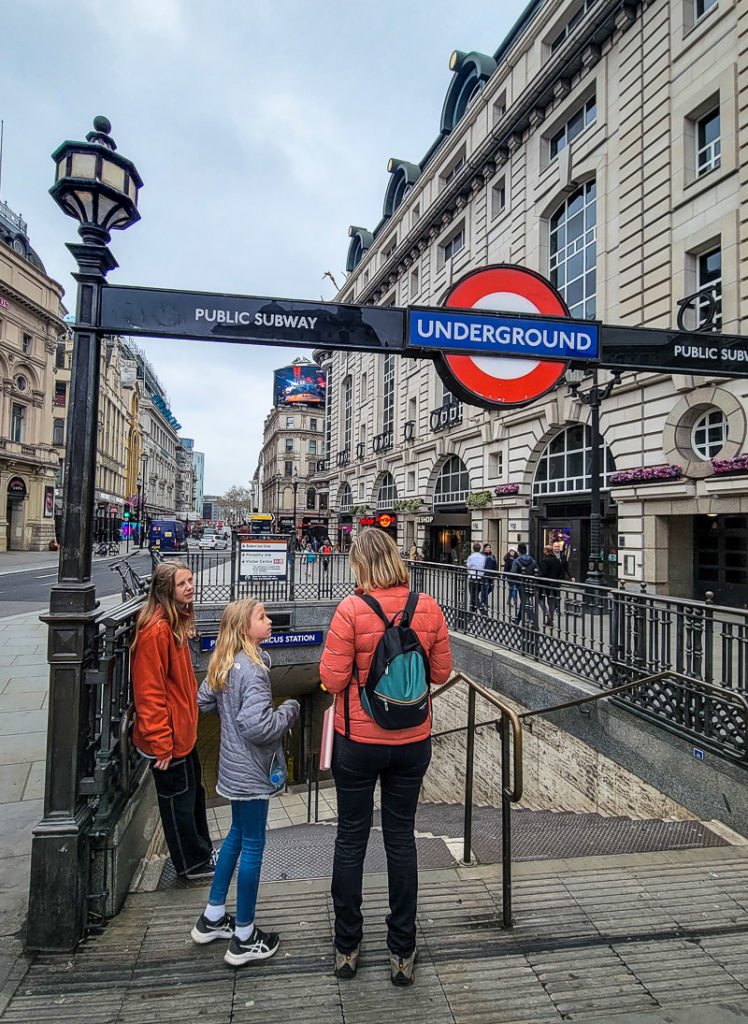
The London Underground (or Tube) as it is affectionately known, makes it easy to get around London. The Tube is a series of 11 underground rail lines that move you quickly and easily around the city. Think of it as the London subway like NYC, but way better!
I just love traveling on the London Tube. It brings back great memories of me living in London and being able to access so much life so easily. I love how in 20-minutes I could be in an entirely new area of the city exploring and creating more memories.
I love seeing London life go by on the tube and people seemed more friendly this time around than when I lived in London.
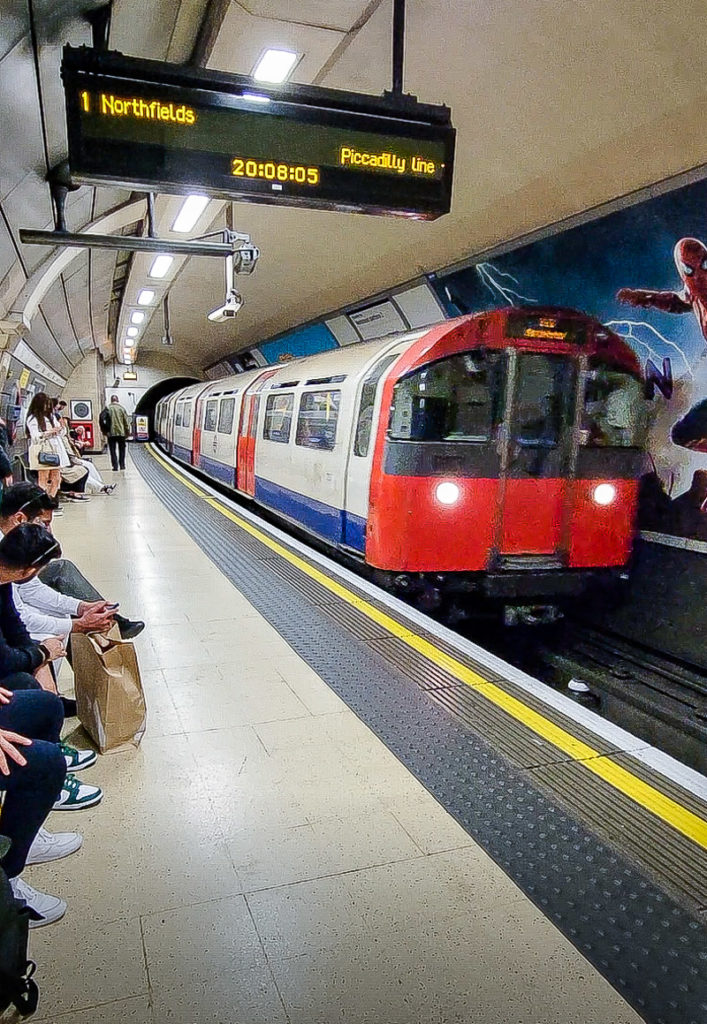
There are multiple lines running in various directions in the city. Any of them will take you to wherever you want to go, but it may involve changing tube lines along the way.
They run very frequently – the most we waited for was 5 minutes.
It’s important to always check in case of any disruptions to service as it can happen often, especially on weekends. We had to reroute ourselves a couple of time – easy to do on the tubes.
What are the best tube lines in London for tourists?
The best tube lines to get you around to the major London tourist attractions will be the:
- Piccadilly Line (dark blue) (will also take you to Heathrow)
- Circle Line (yellow)
- District Line (green)
- Jubilee Line (grey)
- Bakerloo Line (brown)
- Central Line (red)
- Northern Line (black)
It’s also worth noting that the Circle Line (yellow) is also connected to the Hammersmith and City Line (pink) and the District Line (green) for some stops.
You will need to make sure to read the destination on the front of the train, or check the platform display, to see where the train is going.
How do you pay for your Tube tickets?
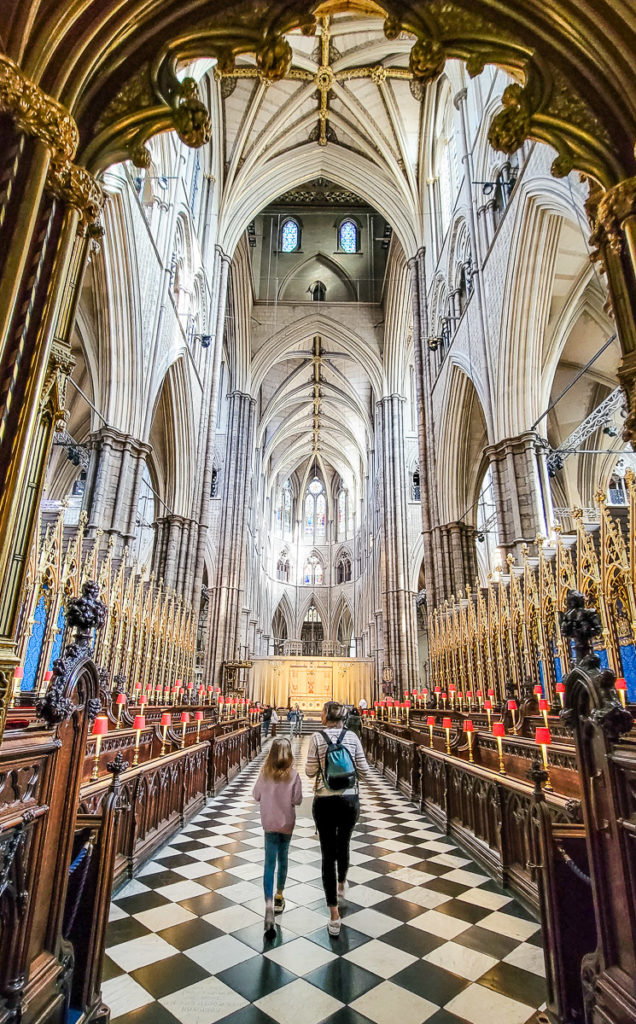
The London Underground system now makes it pretty easy to pay for your tube rides.
The best way to pay is by using your contactless payment card or Apple Pay/Google Pay, as this then calculates the cheapest fare based on your journey at the end of each day.
Fares are cheaper than using your contactless payment than Oyster Cards (by 10p or so), and the Oyster Card has an issuance fee.
You can only use one credit card per person. If you’re traveling with an adult partner, you want to be sure you each have a tapping credit card to use.
The only thing that may stop you from using the contactless payment are the international transaction fees you may get on your card. We don’t get any on our Chase credit cards!
IMPORTANT: To avoid card clash, make sure to only touch one card on the yellow reader and keep your other contactless cards separate. You do not want to get charged (twice) on two separate cards. I messed this up by tapping what I thought was my blue oyster card, but in fact it was my blue contactless bank card!
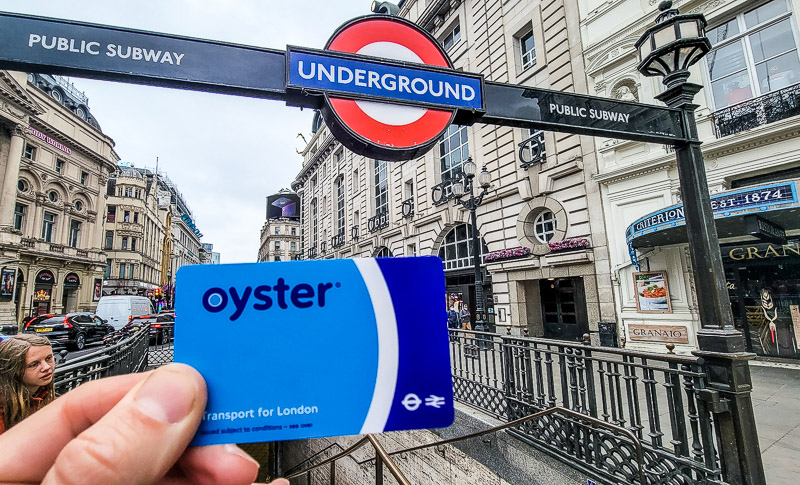
If you don’t have a contactless payment card, you can get an Oyster Card, which is the London Transport Payment Card, from the ticket machines at the tube station or a convenience store.
You pay a non-refundable £5 fee for the oyster card, which you then top up with money from the machines found at every tube station.
This also includes buses, tram, DLR, London Overground, TFL Rail, most National Rail services in London, the Emirates Air Line cable car and River Bus services (MBNA Thames Clippers).
The Oyster Card works by topping it up, and then tapping in and out of the gate. You can also download it on your phone and top up using your phone, which is much easier than looking to buy a physical card.
How to use the Tube: tapping in and out
No matter your ticket option, it will involve you tapping the card as you walk through the tube barrier gates.
That opens the ticket. You must tap out when you exit, which closes the ticket. It then knows what zones you have traveled through to take the applicable price off your card balance.
If you don’t tap off, it will charge you the highest fare!
How much does riding the London Tube cost?
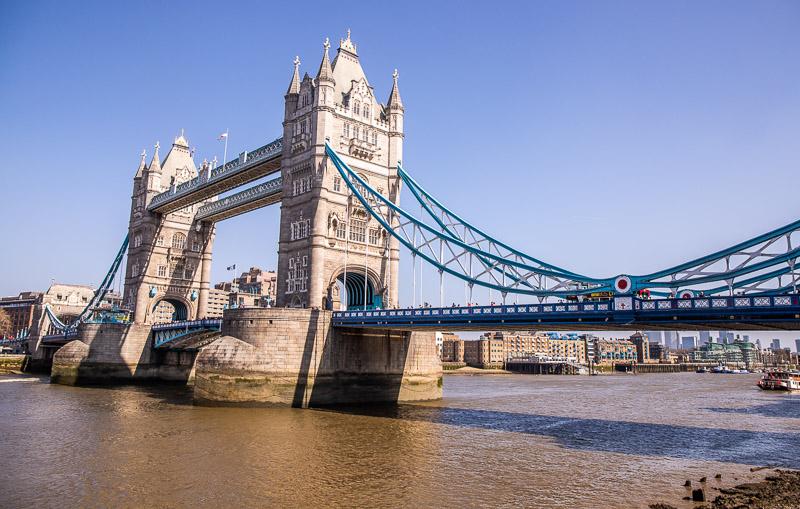
There are various tube fares depending on the type of ticket you use. It also depends on what zone(s) you’re traveling through and when – peak/off-peak times.
Peak fares are Monday to Friday (not on public holidays) between 06:30am and 09:30am, and between 16:00pm and 19:00pm.
These prices are for Oyster Cards or contactless cards. If you use cash the fare is almost double. We don’t recommend you use cash.
- Single Rides: Prices are different depending on what zone you are traveling through. For Zone 1 & 2, it’s £2.50 per ride. That means tapping on at Departure Tube A then tapping off at Destination Tube B. You could ride multiple lines during that one journey and will be charged the one travel ticket price.
- Daily Caps (Zone 1 & 2): You can travel as much as you like in one day and your fare will be capped at £8.50. So, basically after 3 rides you won’t have to pay any more fares. If you walk a lot, you’ll rarely make this cap. It’s nice to know if you’re tired of walking you have this to fall back on. Because of this cap, you do not need to purchase a one-day Tube card. They offer that but ignore it.
- Weekly Caps (Zone 1 & 2): Similarly, there is also a cap on how much you spend each week. For Zone 1 & 2 it’s £42.70. NOTE: this weekly cap runs Monday to Sunday. If you buy it on Wednesday, you’ll only get from Weds to Sun fares covered by the cap. That’s when a travel card may come in handy as it runs 7 days from purchase.
- Daily Caps (Zone 1-9): If you choose to stay outside zone 1-2, the daily cap is set to £22.30 for peak times and £15.60 for off peak times.
- Travel Cards (Zone 1 & 2): 7-day travel cards are £38.40
Now let’s look at the different ticket types so you can work out what is best for you.
Should you buy single tickets?
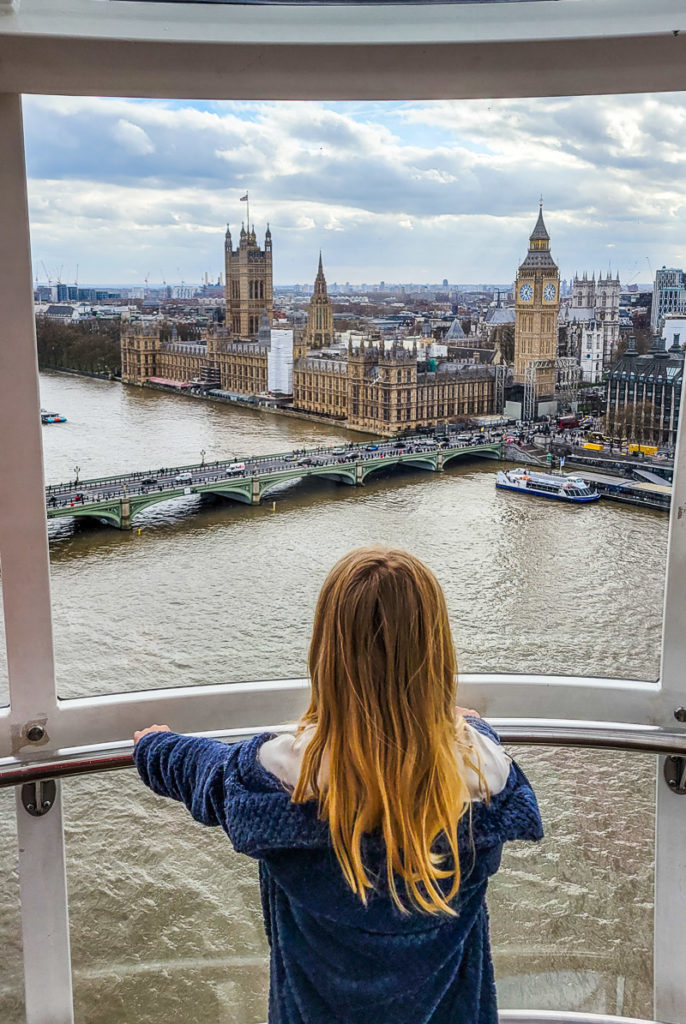
You can buy individual tickets when riding the tube instead of buying an Oyster Card or using your credit card.
I’m not going to say anything else about this, except don’t bother.
You’ll pay a much higher fare using a single ticket (around £6.70 staying in zone 1), almost double what you’ll pay using contactless (£2.70), or an oyster card (£2.80).
If you’re only ever taking one tube ride during your entire stay, a single ticket will be better than buying an Oyster Card, as you have to pay £5 to issue an oyster card.
However, just use your contactless credit card/Oyster app instead (if it has a tap feature) so you get the cheaper rate.
How much money should you put on your Oyster Card?
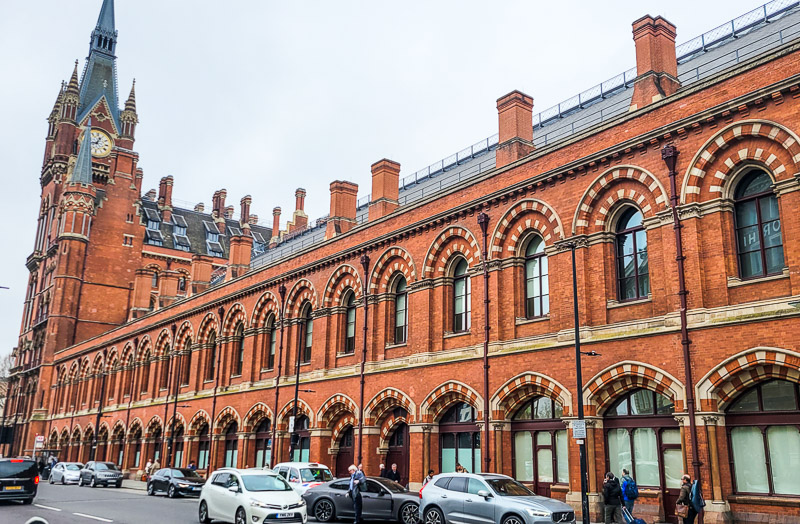
When calculating transport for the London underground, estimate how often you’ll be using the tube to determine how much you’ll need to add to your card, remembering its £2.80 per ride, or £8.50 per daily cap.
If you don’t have enough money on your Oyster Card when you go to tap onto the tube, the gates won’t open.
Simply go to the machine and top it up, no big drama.
If you’re riding the tube a lot, plan to add the cap amount per day onto your card. If taking 1-2 trips a day, then aim for £6.00 per day and top up with that amount.
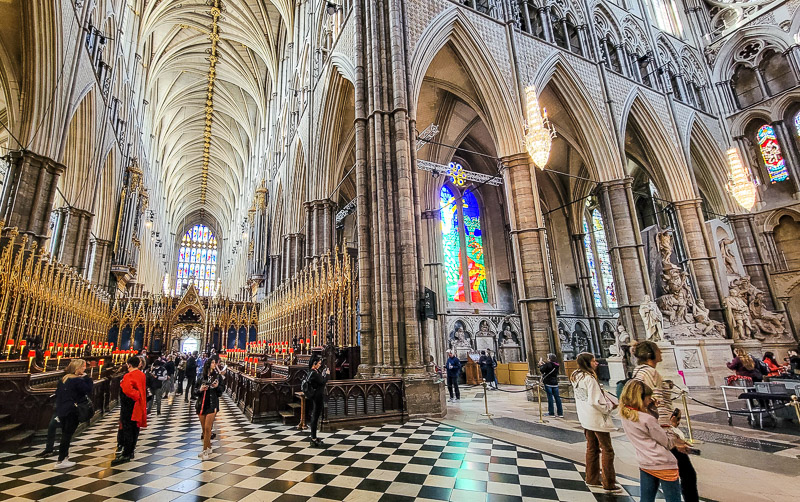
WARNING: Do not put too much money on your oyster card, because once it’s on there it stays on there. The last thing you want to do is return home with £10+ pounds on your card.
Transport for Rail (TFR) has earned more than £200 million with unused pay as you go balances! (They earn another £200 million from the oyster card issue fee). No wonder people are using contactless payments instead.
You can, however, take your oyster card home with you and use it when you return to London. They remain valid as long as you use them once every 24 months.
Do you need to register your Oyster Card?
We did not do this, but I had every intention to and just forgot.
It’s worth registering your oyster card in case it’s lost or stolen you can reclaim what’s on there. Do that here.
How to use the Visitor Oyster Card
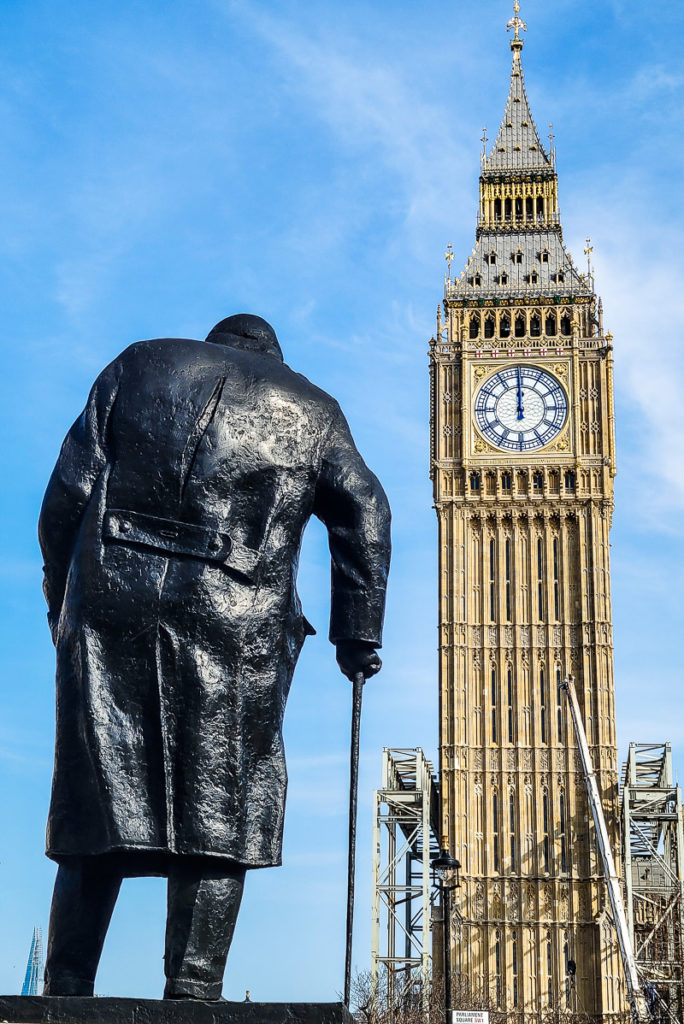
The Visitor Oyster Card can be purchased in advance and mailed to you anywhere in the world.
You will have to pay postage on top of the card. And you won’t be able to register these cards either, which means if it’s lost, it’s lost.
I think it’s better to either get a card upon arrival or use the contactless methods we’ve mentioned already.
If you’re worried just use the app!
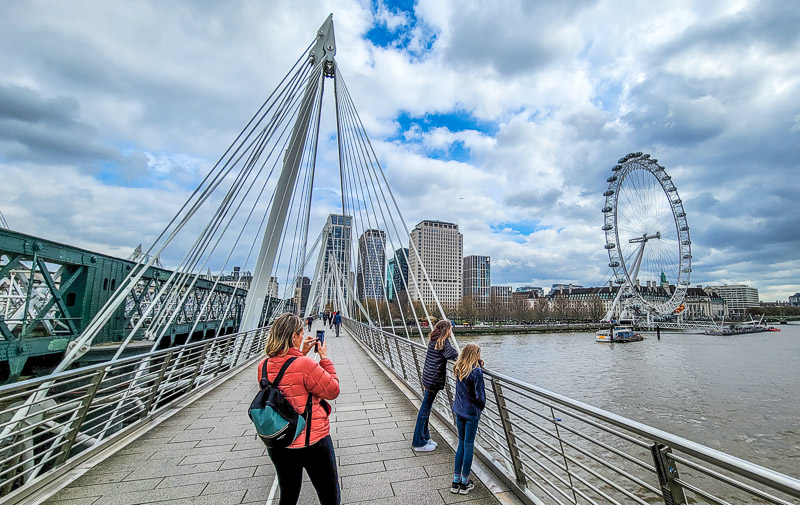
Apparently, you can get some discounts on it for restaurants and attractions on the card, but I’ve heard the Go City London Pass is a better deal.
Final Tips for using The Tube
- The Tube Map: will become your best friend and help you plan your trip and determine which zones you will need to visit. You’ll find tube maps at every station and on the tubes helping you to plan your best route around the city. You can also use the
- London Map app to grab a small pocket map or simply use Google Maps for directions from A to B – it will tell you the best way to get there using the Tube (or even combining it with walking or the bus).
- The Tube Face: now not as common, but typically it’s a person’s face that shows no emotion and stares vacantly into the air rather than focusing on anyone’s face – most people now stare at their phones!
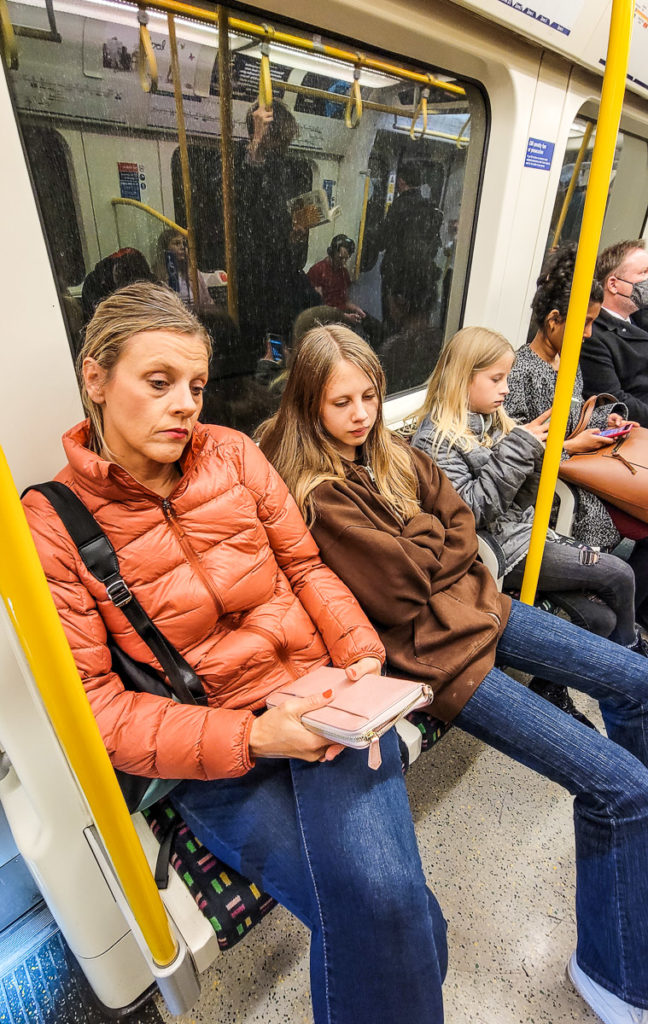
- Mind the Gap: you’ll hear it announced a hundred times for a reason.
- The London Underground gets WARM: you will suffocate with heat all year round. It’s particularly worse in the winter, simply because you hop on the tube wrapped in layers of coats and pretty soon you have to start stripping. If the crowds are thick, you won’t be able to and so will feel like you’re going to pass out. (Take off your coat before you alight).
- Avoid peak hours on the tube: so that you avoid peak prices, plus tube travel gets crowded. You may even sometimes have to let tubes go by as there is simply no room to get on.
- Stairs + Escalators: No, you don’t always have to climb stairs to get in and out of the Tube platforms. Most will have escalators, and some will have elevators (lifts). Very handy if you are traveling with luggage. We somehow missed the escalators at Shepherds Bush Station and dragged our heavy suitcases up about five flights of stairs. We only saw the escalators when hitting ground level.
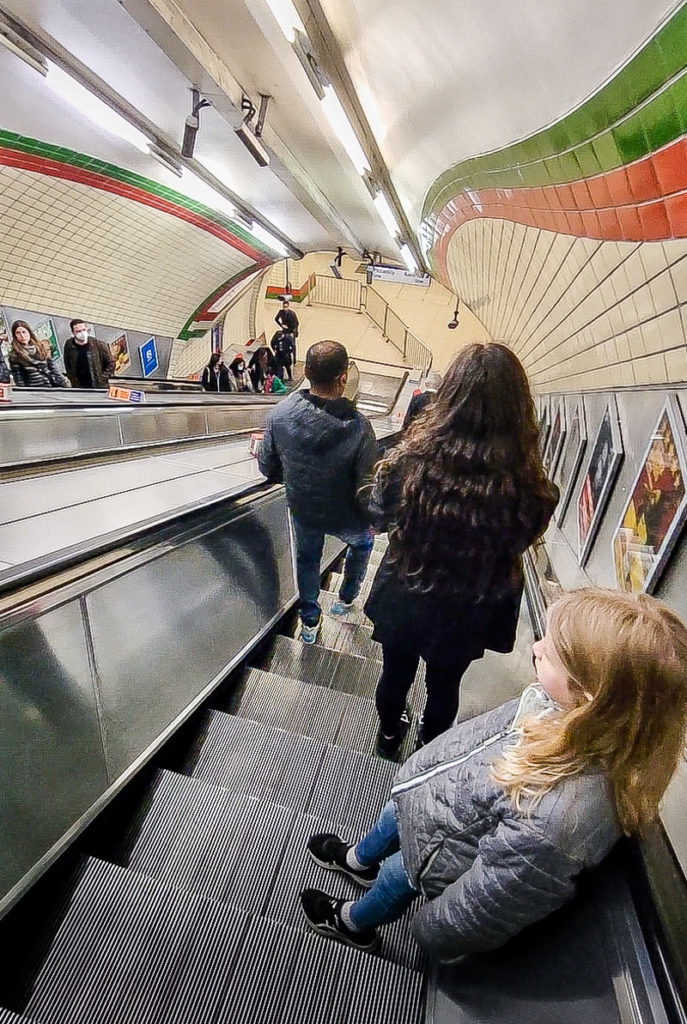
- Stick to the right: One of my favorite London unwritten rules is to stand to the right when on escalators. This makes room for those who want to walk up and down to pass you by. Londoners will not be shy in firmly telling you to move to the right when they are trying to get through. I can’t tell you how much this annoys me in the US. As most people are afraid of walking they spread out across the escalator and block the through traffic for those who like to move their bodies and save time!
- Tubes go very far underground: it can be an unnerving thought when you’re riding really long escalators up to get to ground level from the underground in London!
- But climb the stairs: I actually love walking up and down the stairs and escalators, it’s one way I get my steps in and keep my body fit and walk off all those pints of beer and fish and chips.
- Digital Display Boards on the tube platforms will let you know when the next train is and where its end stop is. This is important for some tube lines that may have different final destinations as the line will split somewhere on the journey. The newer tubes will have digital displays inside telling you the next stop and some may even announce.
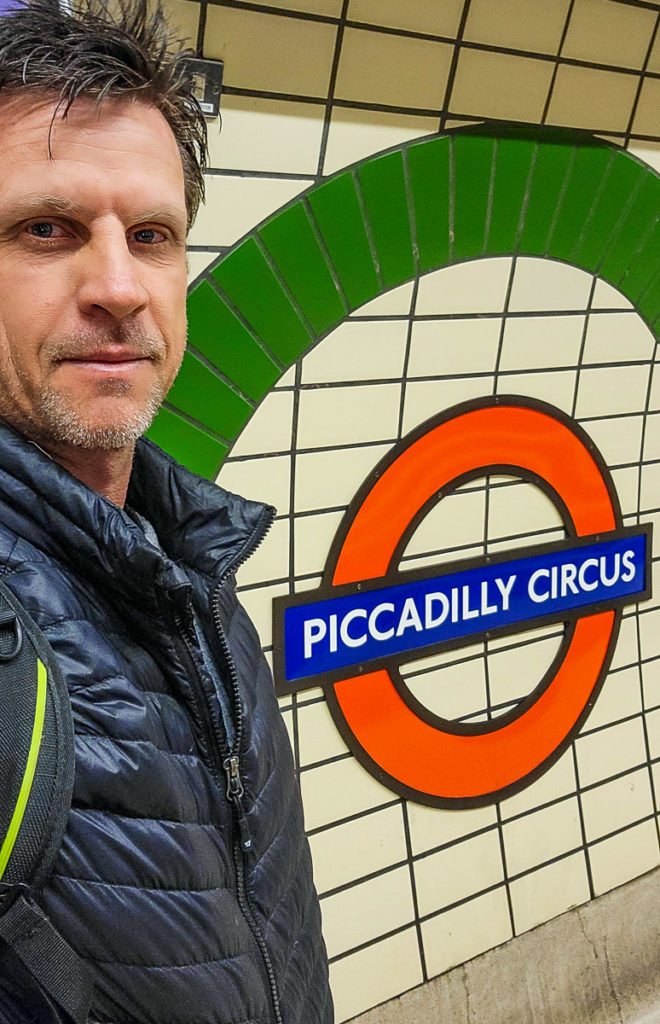
- Keep an eye on the stops: It’s easy to get caught up in talking, or playing wordle, and miss your stop, so always pay attention (a couple of stops ahead).
- Look for signs when you get off the tube pointing you to the exit stairs or to the next line you need to get on. It’s a maze of tunnels and levels down there.
- The London Underground closes from around midnight until around 5am, starting a little later on Sundays.
- Attendants are helpful. If in doubt, ask an attendant as you enter the station. They were always very helpful to us!
- Write down the number for the British Transport Police (0800 40 50 40 or text 61016). It’s rare that anything would happen on the Tube but if you’re traveling alone, then it’s always good to record the safety numbers.
Getting To and From Heathrow Airport
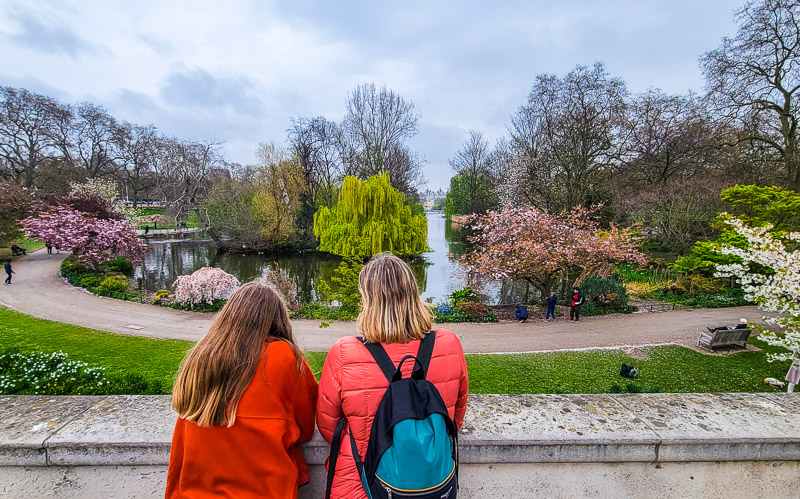
The Piccadilly Line runs from Heathrow Airport into London and is so easy and cheap. Prices start at £5.50 per journey, and depending on where you are staying in Central London, it will take around 40-60 minutes from Heathrow Airport.
The Heathrow Express is a train that takes you directly to Paddington Station in Central London in only 15 minutes.
It’s a lot more expensive than the Tube though, so if you’re not staying around Paddington, I recommend taking the Piccadilly Line.
The likelihood is you need a tube ride to get to your correct station, and you’ll have to pay extra for that.
The upside to the Heathrow Express is you will get comfier seats, more luggage space and free Wi-Fi.
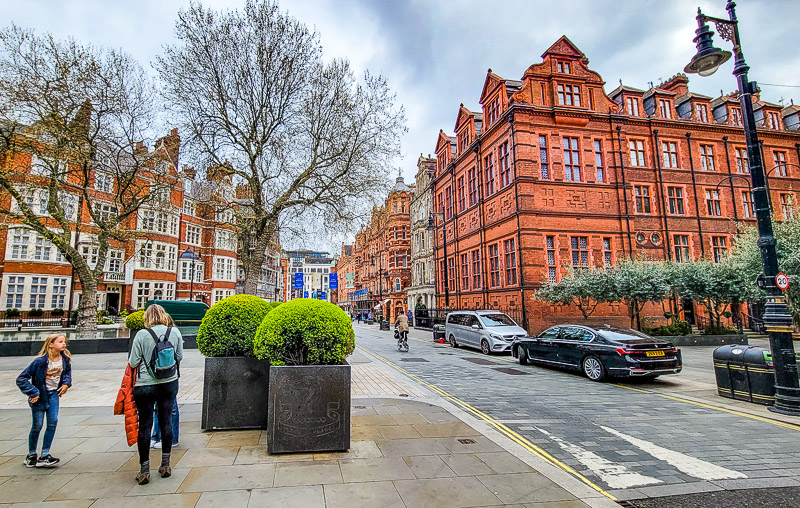
I loved how my girl’s first introduction to London was on the tube.
What a cultural experience for them watching London life unfold. We were traveling during morning peak time so saw all kinds of workers and school children getting around.
We purchased our Oyster Cards from Heathrow and added on ten pounds to cover our fare into the city.
NOTE for families: We could NOT get the child discount at Heathrow. The attendant told us he couldn’t do it as he actually didn’t work for the tube. He said to wait until we got into the city and buy one there.
He let Kalyra go through and onto the train without paying for a ticket as he didn’t want us to waste our money by paying an adult fare for her – so lovely!
We just double-shuffled through the gates with her when we arrived at our destination. We organized the Oyster Card with a child discount for her once at Gloucester Rd Station in Kensington. (See above for those steps).
What if you need to go to/from the airport outside of Tube hours?
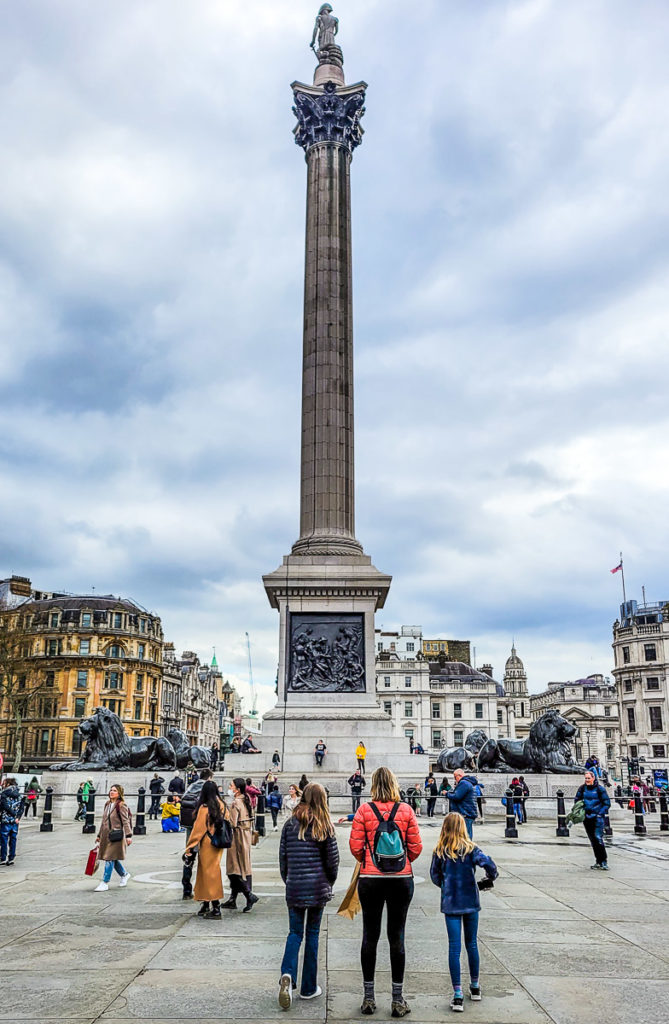
Our flight home to Raleigh, North Carolina departed at 9am and with Heathrow being a very busy airport and having to be there 3-hours before departure meant we had to get to Heathrow outside of Tube hours – they start up at 5am but that’s starting at the top of the line.
Depending on where you are staying in London that may get to your Tube station at a later time.
For us, that meant cutting it too close to checking in on time!
Our option was catching a bus to Piccadilly Station and then getting on the Heathrow Express. That was going to cost us £60 for our entire family.
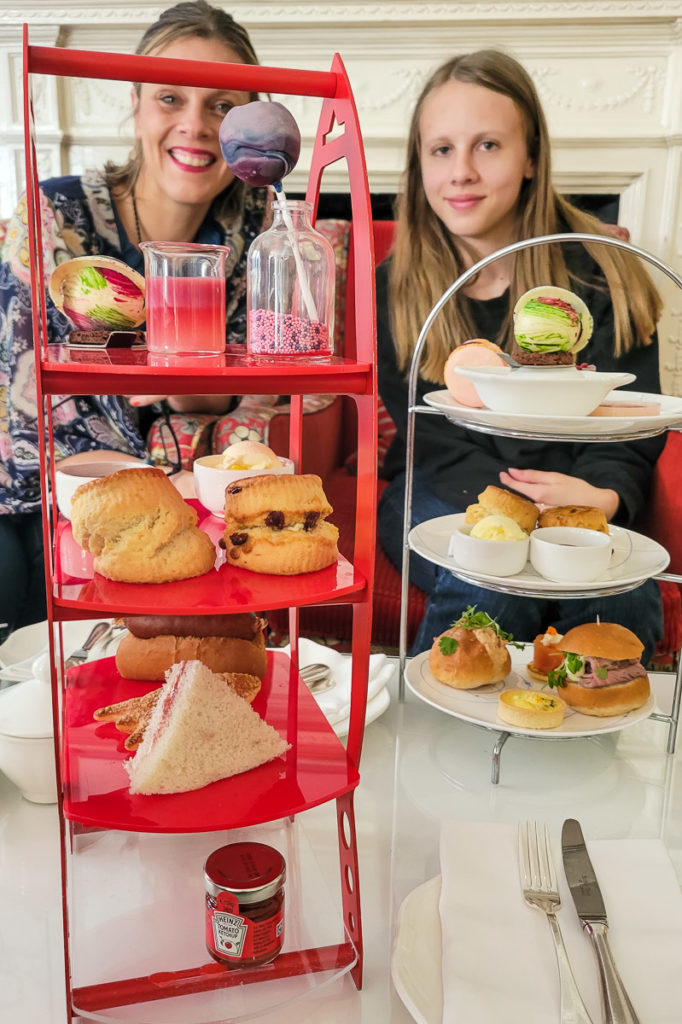
We checked Uber when we woke up at 4:30am, which was quoting £100. I stumbled upon an app Called FREE NOW, which quoted £60 for a black cab. (See below in cab section for more).
That was a no brainer for us to get the black cab direct (40-minutes) to Heathrow in comfort at a cheaper price and the kids could sleep on the way.
Useful FYI: He did have the meter on and that airport trip cost about £75 – still cheaper than Uber.
He did not charge us the meter price though. It was the £60 as paid via the app. Be sure to inform that you’re paying via the app not the meter.
Getting to London Gatwick Airport
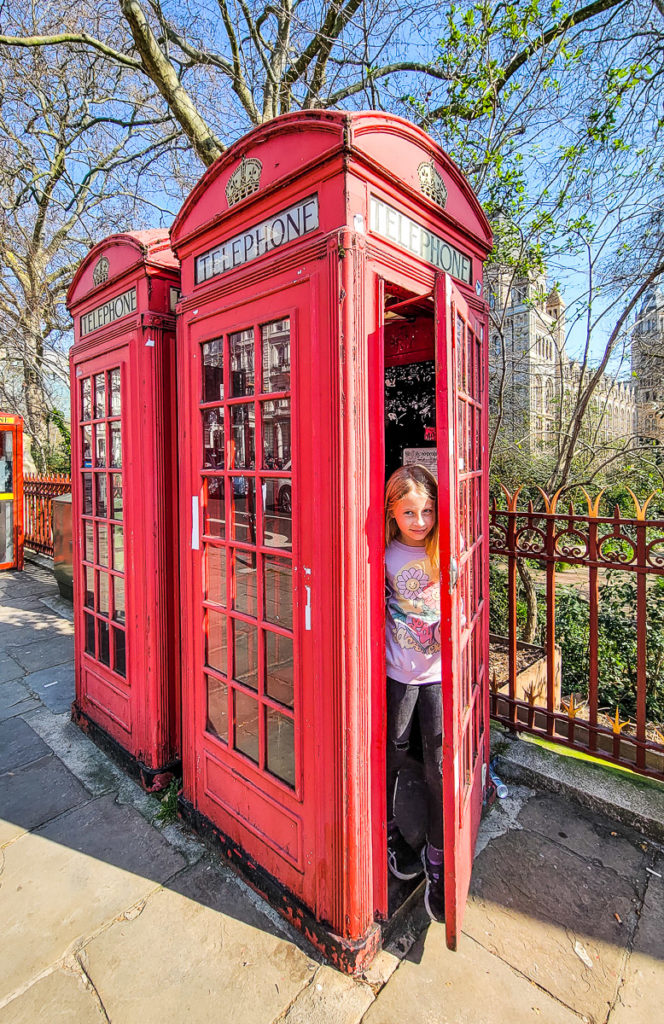
Most international travelers will come through Heathrow Airport, London’s biggest and busiest (and in the United Kingdom). But London also has several other airports.
Located 45km (28 miles) south of London, London Gatwick is the second busiest airport in London.
I flew in and out of here often when living in London, and if you’re travelling through Europe, you might fly via Gatwick instead of Heathrow.
Oyster Cards and contactless payment cards are accepted on trains between Gatwick Airport and London. You can buy an Oyster card at Gatwick.
The Gatwick Express is a nonstop train service to central London. Trains run every 30-minutes between Gatwick Airport’s South Terminal and London Victoria station daily from 5.41am to 11.05pm. The journey time is 34 minutes.
Thameslink and Southern Railways run trains to various places in London several times an hour.
Fares vary depending on where and off-peak vs peak times.
London Overground + Rail
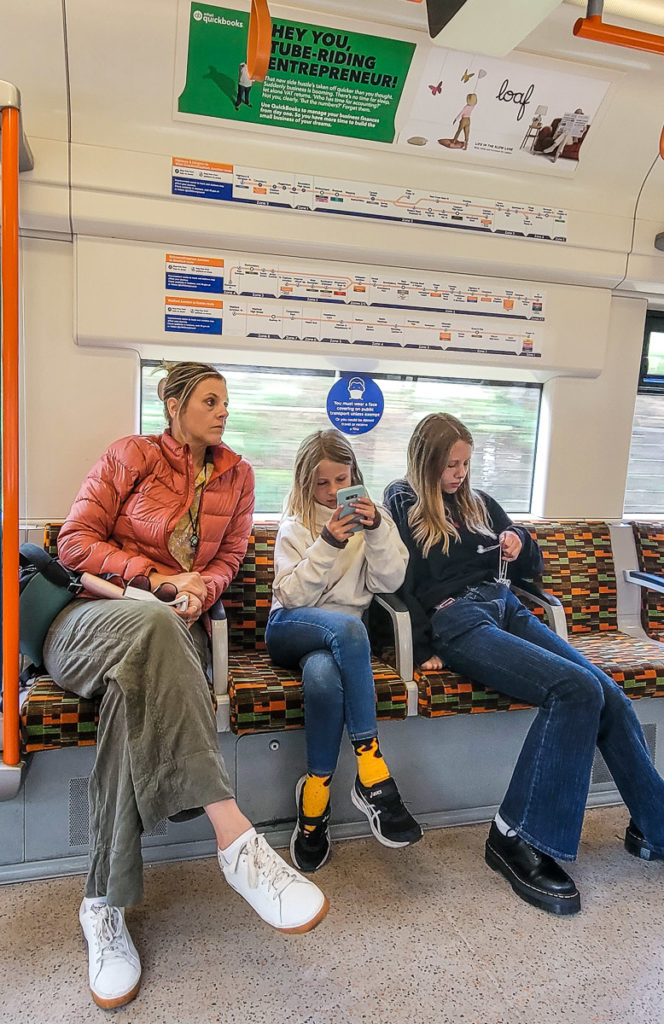
Another part of the London public transport system is the London Overground rail network, which opened in 2007 to provide better connections between areas outside of central London.
There are six lines marked orange on the Tube map. It operates the same way as the tube system, but as its name suggests, it runs above ground!
It connects to some of London’s largest and busiest train stations, including Clapham Junction, Liverpool Street and Euston.
You’ll also have other rail lines running around London (and to other parts of Britain). We caught the Great Western Railroad to Bath and Oxford.
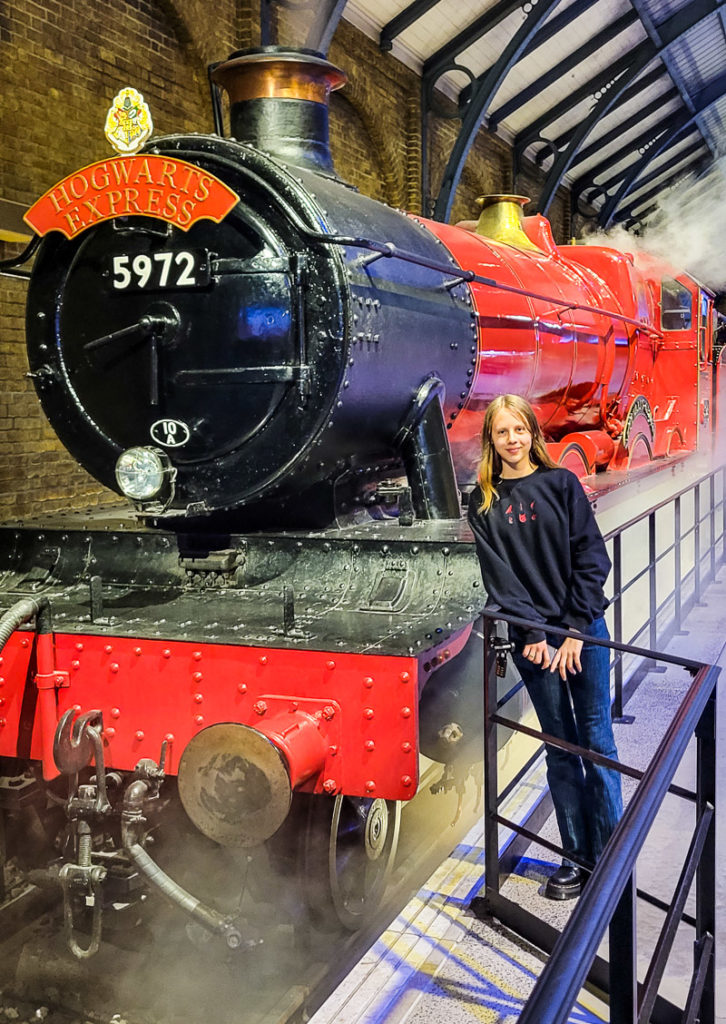
And we caught the TFL Rail out to the Harry Potter Studios from Shepard’s Bush Station.
So you may use a rail line to get around London. You can use your oyster card/contactless card if traveling through London zones 1-9.
Docklands Light Rail (DLR)
Want to experience how fun and innovative transport for London is?
The Docklands Light Railway (DLR) is a driverless network of trains that serve parts of east and south-east London. It was created to serve the revitalized London Docklands, a commercial and residential district on the Port of London.
It’s considered only one line but has several sections with forty-five stations in all.
Caveat: The DLR doesn’t have entry/exit barriers, so if you have a card be sure to find the yellow card reader and scan in.
The River Bus (Uber Boat by Thames Clipper)
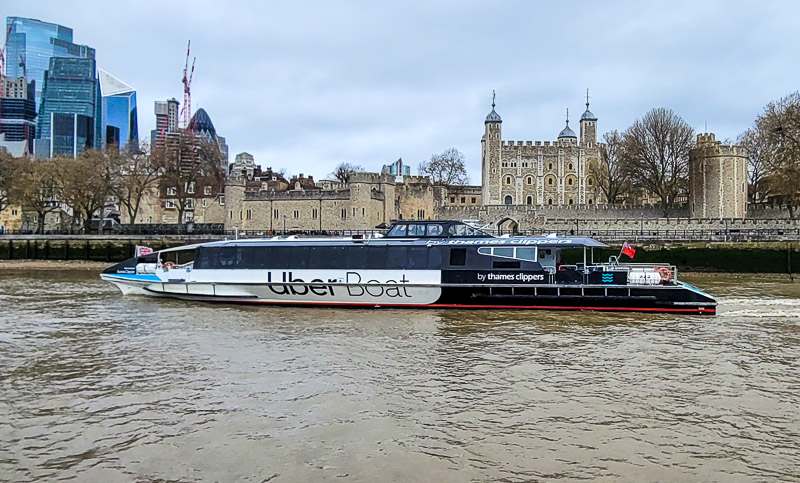
Another option for getting around London is by ferry along the River Thames. This mode of transport adds an element of sightseeing.
It is more expensive though so choose wisely. The River Bus is operated by Uber Boat by Thames Clipper. They operate in three zones: West, Central and East.
The fare depends on which zones you travel. Using a contactless or oyster card will save you 22% off standard fare.
Touch in at the start of your journey and touch out at the end on the yellow card readers.
You can’t top up your Oyster card at River Bus piers and your journeys aren’t part of the daily or weekly cap.
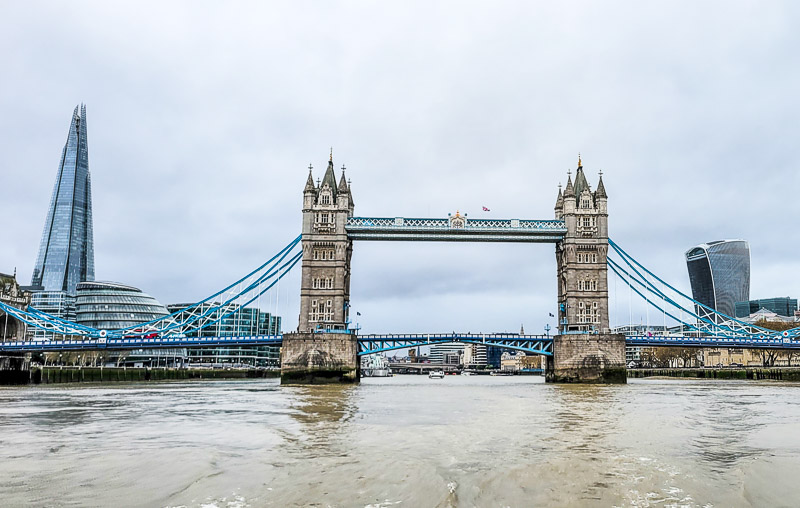
Fares typically start at £5.60 for a single ride. Children 5-15 are half price.
We almost did not get on our ferry to Greenwich, as we did not have enough money on our card, and we had to buy one for our 10-year old (we thought she was free – under 5 is free).
We had to buy our tickets directly from the attendant and quickly. They almost didn’t let us on, as these boats move in and out of stops very quickly. It’s not a slow-paced river tourist boat.
River Tours
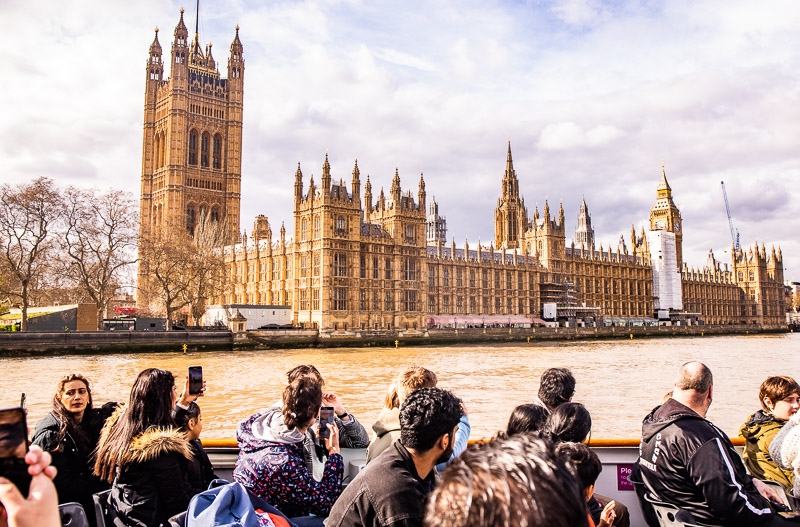
A fantastic way to incorporate getting around London with a tour is to take a guided river cruise. Craig and I have always enjoyed doing this as a way to get to Greenwich. (see that tour here)
We were short on time for this trip (and had done a river tour with the London Eye already) so we caught the Thames Clipper.
Whether you use it as a mode of transport, or as a tourist attraction to see London from the river, we highly recommend a Thames River cruise – with commentary included.
We also took a canal boat ride from Little Venice to Camden Markets, which was such a unique and enjoyable way to get to these popular London markets. Check out that tour here.
You can read our post on how to spend a day in Camden Town! and read our review of the London Eye and the River Thames Cruise here.
London River Cruises
Click on the links below to learn more about these river cruises on the Thames and to book your trip.
London’s Red Double-Decker Buses
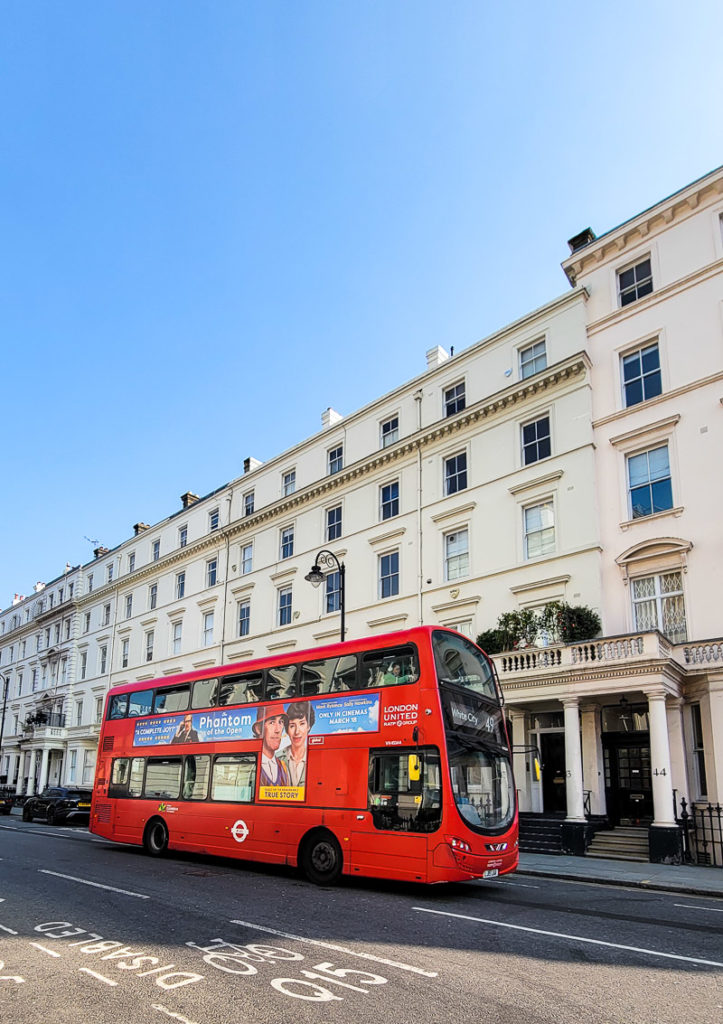
London’s iconic red double-decker buses are a convenient and cheap way to travel around the city and there is an extensive network of bus routes.
But remember, you will be navigating traffic, which thanks to the excellent alternative modes of London transport, is not as bad as other cities, but can still be bad.
I don’t know why you’d ever drive in London.
I hardly ever use the red buses in London. The only time was when I lived in the outer zones of London, where the underground spots are more spaced out and you sometimes needed to get a bus from the station to your home.
The other time was the night buses, which was the only option once the tube stopped running. We did not ride a bus on this London trip.
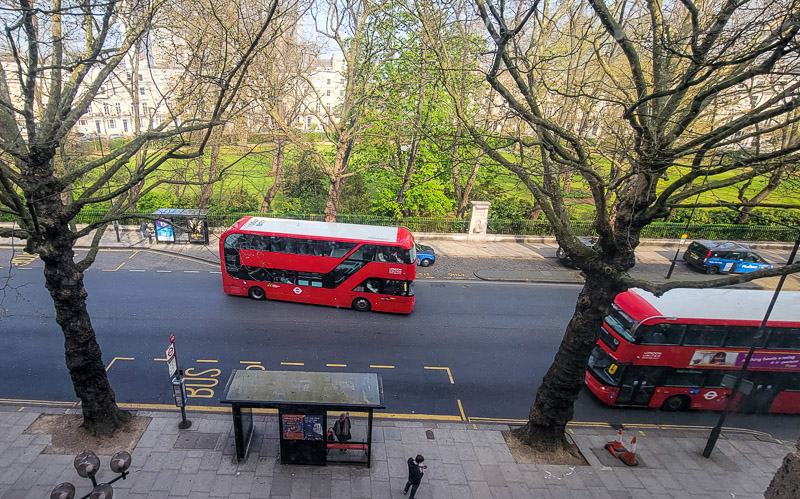
Many people like to ride them for the novelty and the sightseeing views offered. Suggested scenic bus rides include:
- Route 9: Kensington to Covent Garden. It goes past Royal Albert Hall and Hyde Park, along Piccadilly, past St. James’s Palace and Trafalgar Square.
- Route 11: It goes through the City of London and past such must-sees as St. Paul’s Cathedral, Trafalgar Square, the Houses of Parliament, and Westminster Abbey
- Route RV1: The route links the Tower of London to London Bridge and Borough Market, via Tower Bridge, and Waterloo and the South Bank to Covent Garden Piazza.
The oyster card/credit card will cover London buses. For this mode of transport, tap on only. You don’t need to tap off with your card as a journey is just one fixed price!
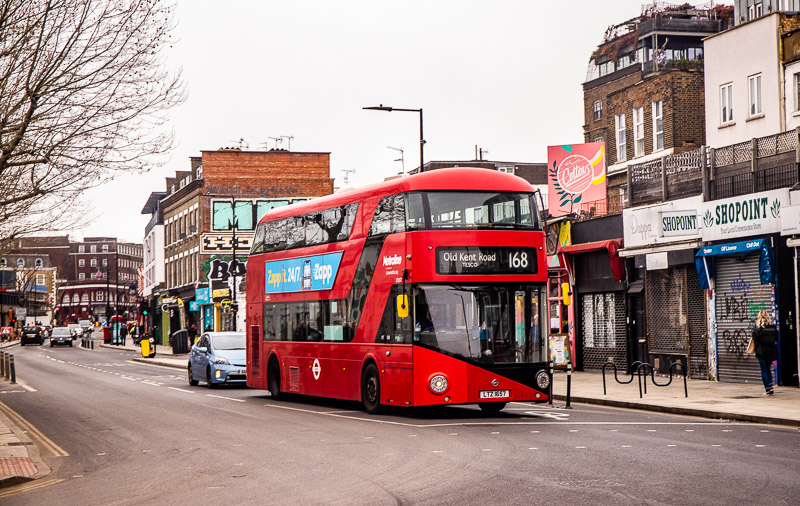
Bust fares are £1.75 for a single journey, no matter how far you travel.
You can transfer to other buses or trams for free an unlimited number of times within one hour of touching in for your first journey. (Called the Hopper Fare and available only with oyster/contactless).
And a day of bus-only travel will max out at £2.55.
You really have to pay attention to know where to get off the bus. Keep a map handy to follow. You can always ask the driver for help. Press the red bus button to signal you want the next stop!
Hop on and off Bus tour
If you do want to get around London on a bus to take advantage of the London sightseeing opportunities, consider taking a hop on, hop off sightseeing bus instead.
That way you get commentary as you go and someone to let you know where to get on and off.
These bus tours operate over two different routes, with stops near all the best London landmarks and attractions.
Black Cabs & Shared Taxis
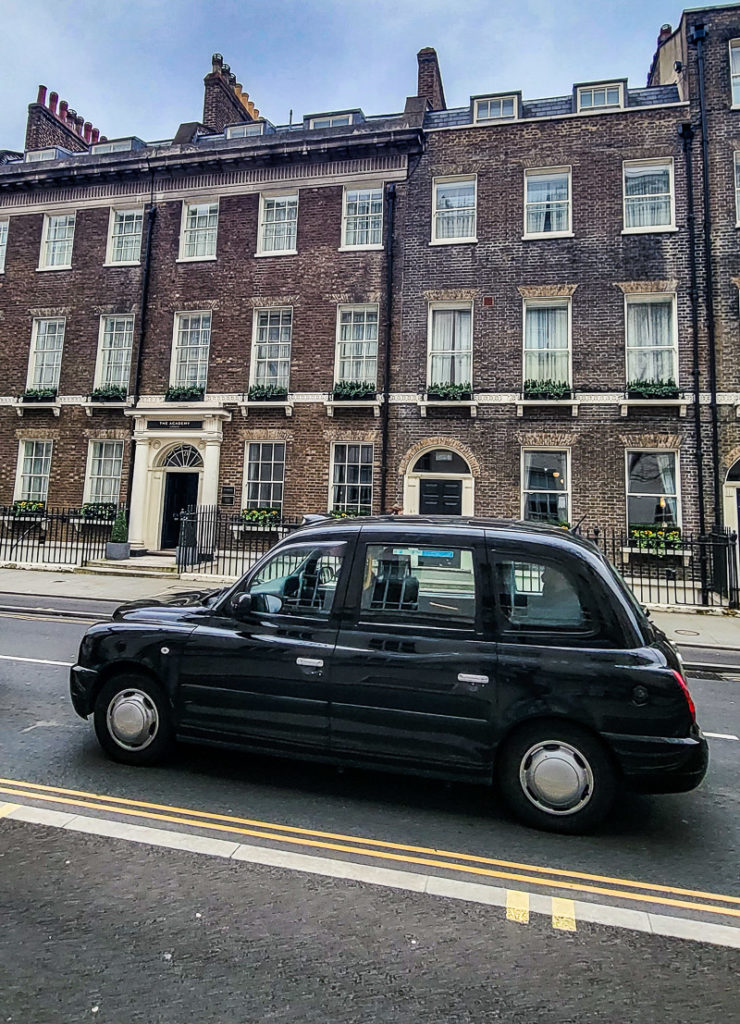
Of course, you can always get around London in an Uber or a traditional black cab. They tend to call them cabs rather than taxis, as Americans may be used to.
Craig caught an Uber after a night out with some of his friends in Chelsea as it was raining and the nearest tube a 15-minute walk away. Other than that, there was no need for us to catch a cab.
You’re also battling against traffic, which wastes your time. It’s much cheaper and easier to get around London the ways mentioned above. We even dragged our luggage around the tubes with us (and with kids) and it was fine.
As mentioned, catching a taxi may be your best option if traveling outside of Tube hours and you don’t want to get the night bus.
Many people like to catch a black cab as it’s such an iconic London thing. They are expensive though!
If so, consider the following app (especially since UBER is now expensive and a pain).
Tips To Help You Get Around London
1. Choose Accommodation near a Tube Station
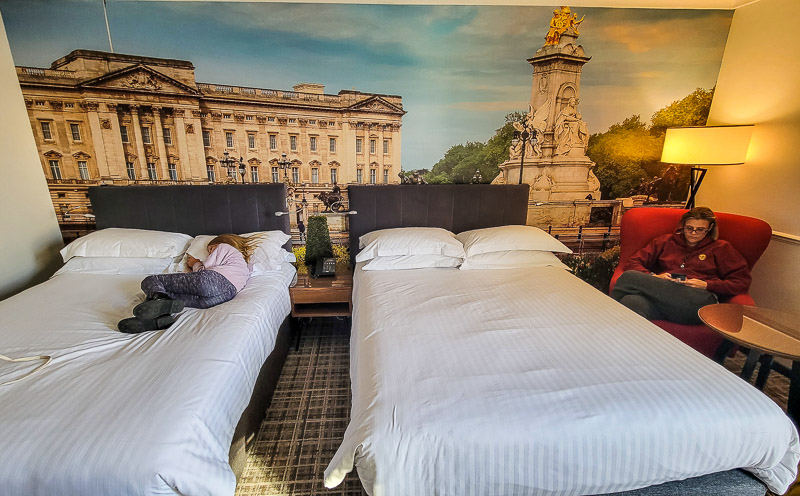
As mentioned earlier, we recommend booking your London accommodation near a Tube Station. It will save you so much time, cost, and hassle.
The three hotels we stayed in during our London trip were all just minutes’ walk to tube stations and it was heaven.
If it’s your first time in London, staying in Zone 1 or 2 will put you closest to the attractions, but you can save money by staying in Zones 3-6.
If you stay in Zone 4-6, you can expect to travel anywhere from 45 minutes to an hour to central London, so do factor this in when you explore.
It can be worth it to stay further away to save on accommodation, as the Tube is only £3-£5 per ride depending on where you’re going, but you will need to accommodation transport time.
The hotels we stayed at were:
2. Explore One Region a Day
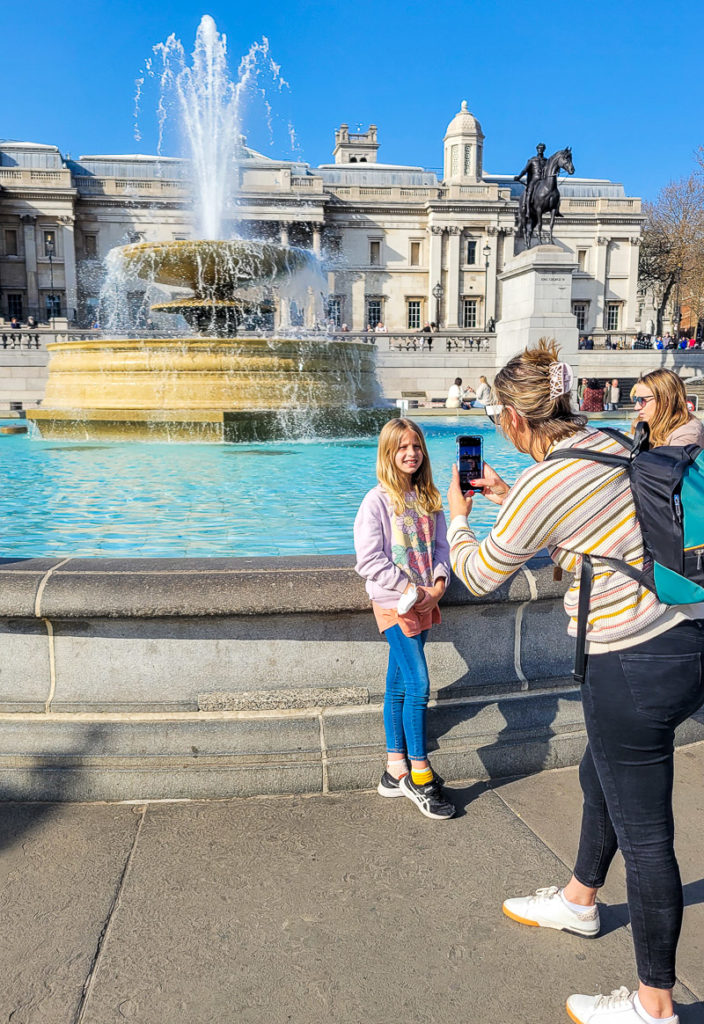
The best way to explore London (saving time and money) is to focus on one area of London each day.
This is easier if you are visiting London for several days. If you are on a shorter trip to London, you may have to travel between areas. It depends on what you want to see and do.
Again, most of the best places to visit in London will be in Zone 1, but having said that, Zone 1 in London is quite big.
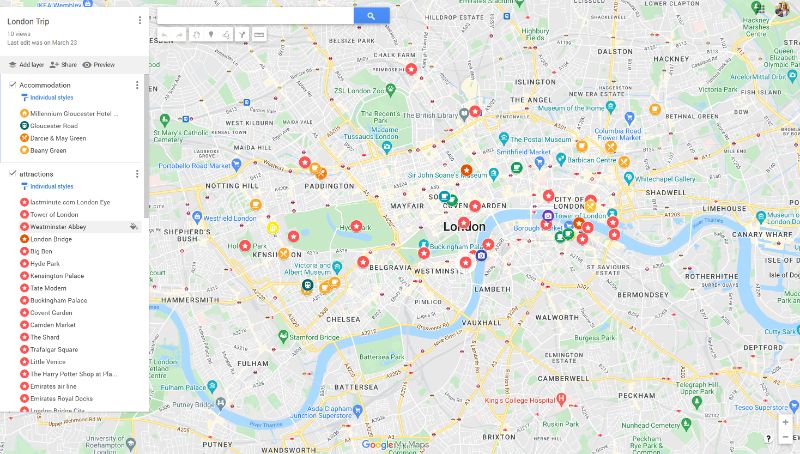
Use Google Maps to plot out your London Bucket List from attractions to food, drink, and accommodation.
Connect those dots to see what you can see and do in one day in areas that are easy to either walk to or involve a quick tube ride. You can make a copy our map here and change to suit your trip.
Our 3 Day Itinerary for London makes it easy for you to plan your trip. We share an outline on what to do and when for each day.
3. Walk as much as possible
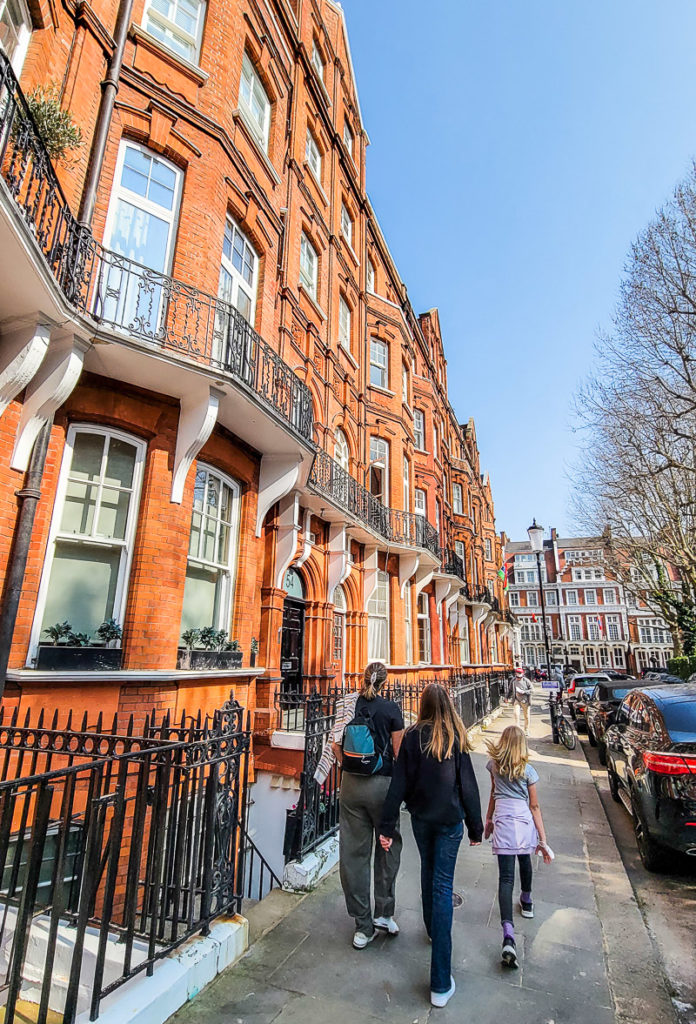
Our number one tip for getting around London is to walk as much as you can – it can be easier to walk from one attraction or neighborhood to the next.
It’s also the cheapest way to get around London!
We walked from 8-12 miles a day and loved it. Not only was it fantastic for our health, but it also really helped us to see so much of London as we moved from A to B.
OUR RULE: if the journey is 20 minutes walk or less, we’d walk. (sometimes I’d push that to 40 minutes).
By the time you get down to the London underground (Tube station), change trains if needed, and then get back out, it can take 20 minutes.
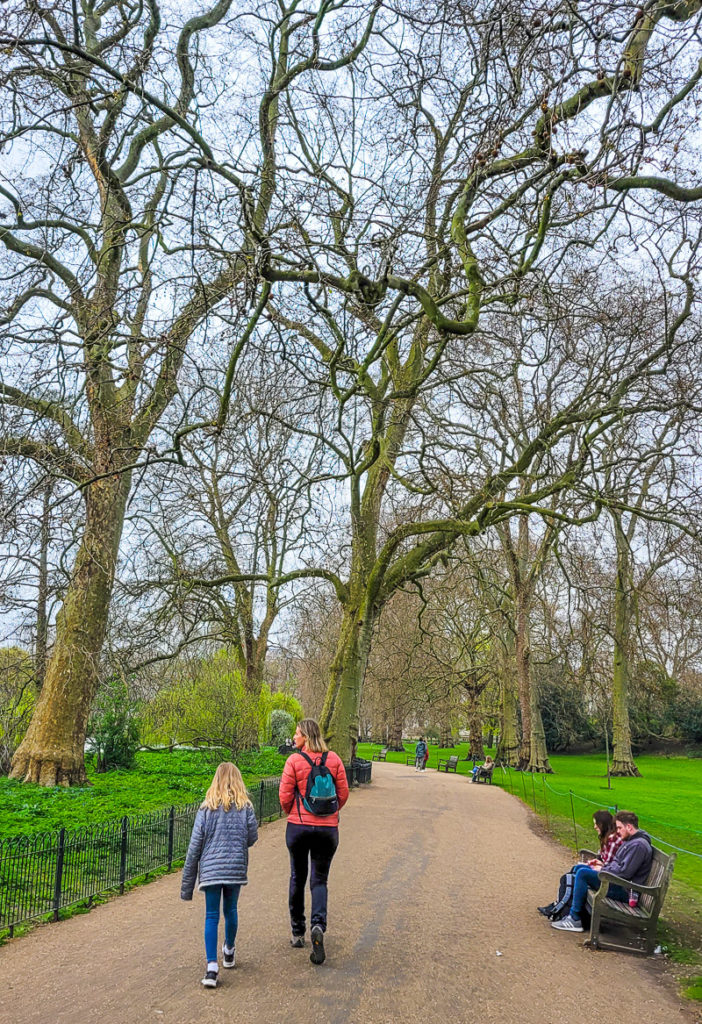
You’re sure to find a park, garden, or pub along the way if you need to stop and rest. This was a wonderful way to spend quality time with our kids, chatting as we walked, enjoying the views, and even dancing a little in front of the London Eye.
There is always something to look at in London when you walk. You’ll be walking past fairly modern skyscrapers and buildings and suddenly you’ll see a 300-year-old tower, a sprawling palace, or the crumbling remains of a medieval building!
And instead of a grid system, you’ll find this ancient city is a hodgepodge of winding streets, and cute cobblestone alleyways filled with hidden gems and stories.
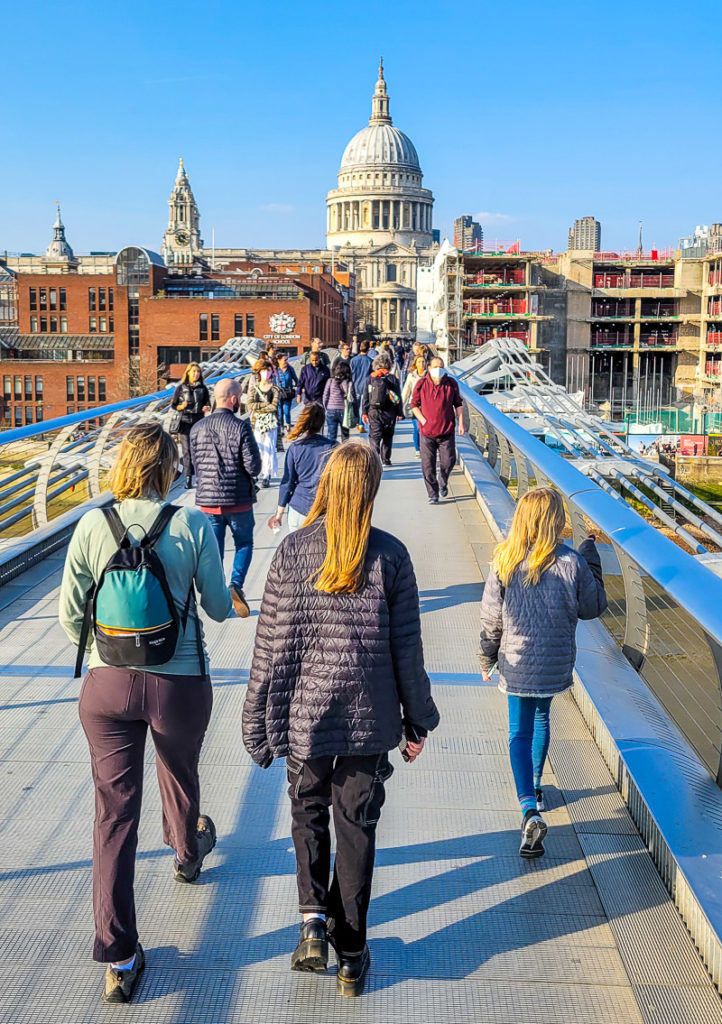
Even the traffic lights can be something to look at. At Trafalgar Square you’ll find LGBTQ traffic lights that include two men and two women holding hands and forming a heart, and various gender symbols including a transgender sign.
And you know what is so great about walking around London?
There are very helpful maps (and street signs) everywhere that let you know where you are and what London attractions and landmarks are nearby.
They even break it down into 5 minute and 15 minute radiuses. I LOVE London!
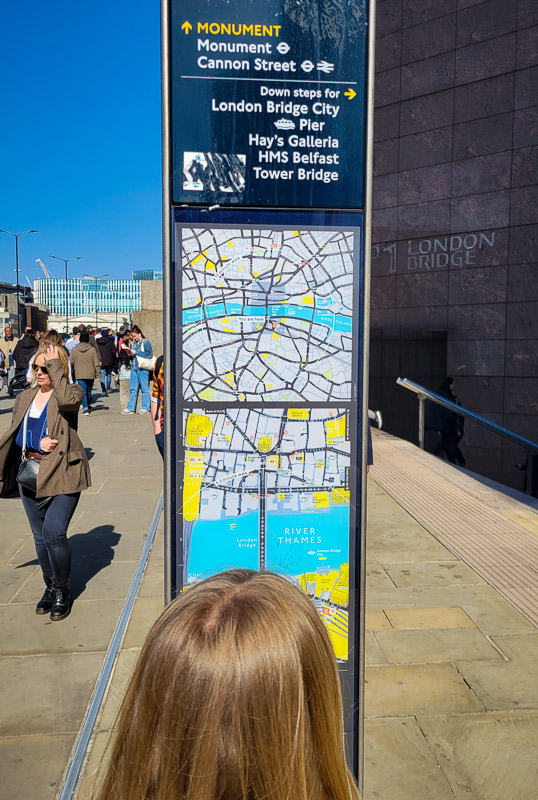
So, when you travel to London, England don’t forget comfortable walking shoes!
Caveat: Be careful of bike lanes. They can be difficult to see and Savannah was collected by a bike near Embankment. Thankfully no body was hurt.
4. Tips for taking the tube with kids
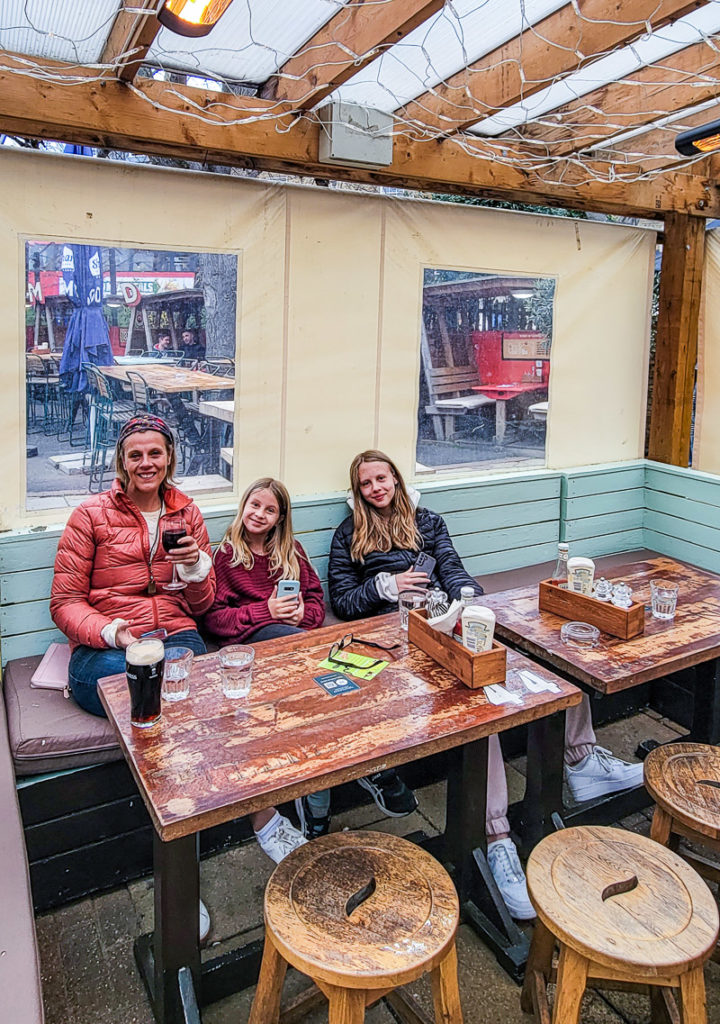
There is even more to know for those using the London Underground with kids.
Children Under 12
Time to celebrate if your child is under 12. Kids under twelve travel for FREE on the London transport system (not the ferry though – under 5 is free).
There is no actual child ticket they use. You will have to do the awkward Double Shuffle through the gates with them.
What is the Double Shuffle?
Put your child in front of you, tap the card and when the gates open, both of you shuffle on through as quick as you can before the gates close.
It’s best to double shuffle through the wider gates that accommodate people with wheelchairs and luggage as they are slower.
Is your child aged 12-16?
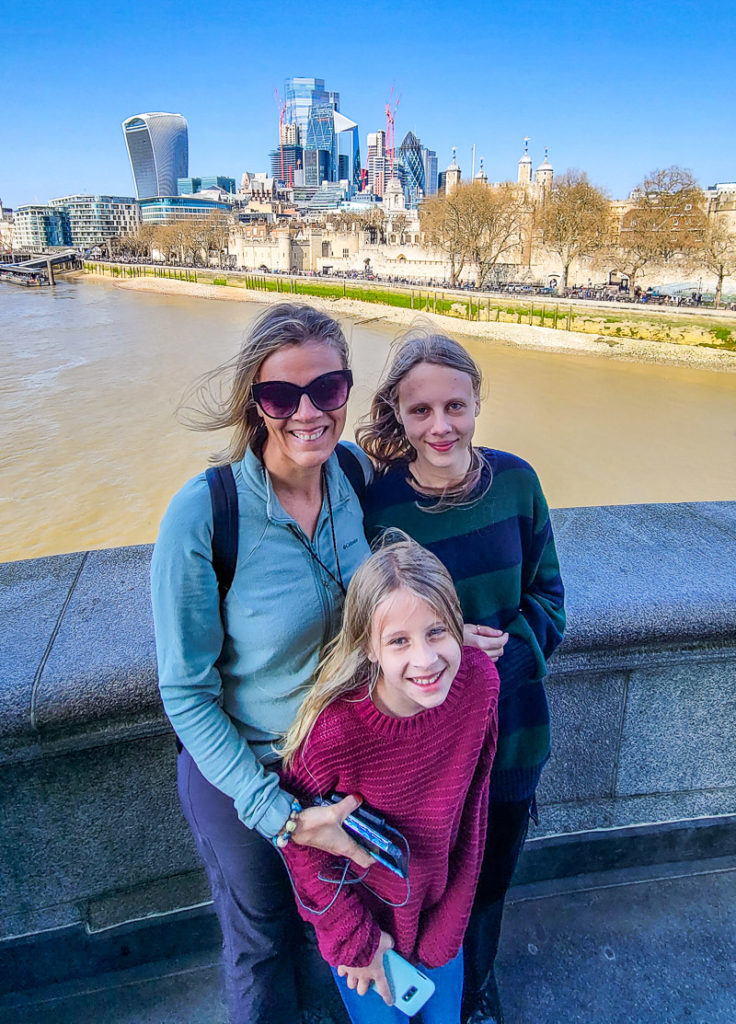
They can travel for half price. There is NO child ticket for this – crazy I know. And you cannot get this discount if you use your credit card either.
The only way to access it is via oyster card. Steps to do this:
- Purchase an oyster card for your child and top it up with money to cover your tube fares (estimate what that will be for your trip duration.)
- Ask a Tube attendant to add the child discount to the Oyster Card.
- They will then take it to the machine and add the discount to the card. Be ready to tell them for how many days you need it.
- Your kids then just tap on and off as normal and receive half-price fares.
5. Get the FREE Now App
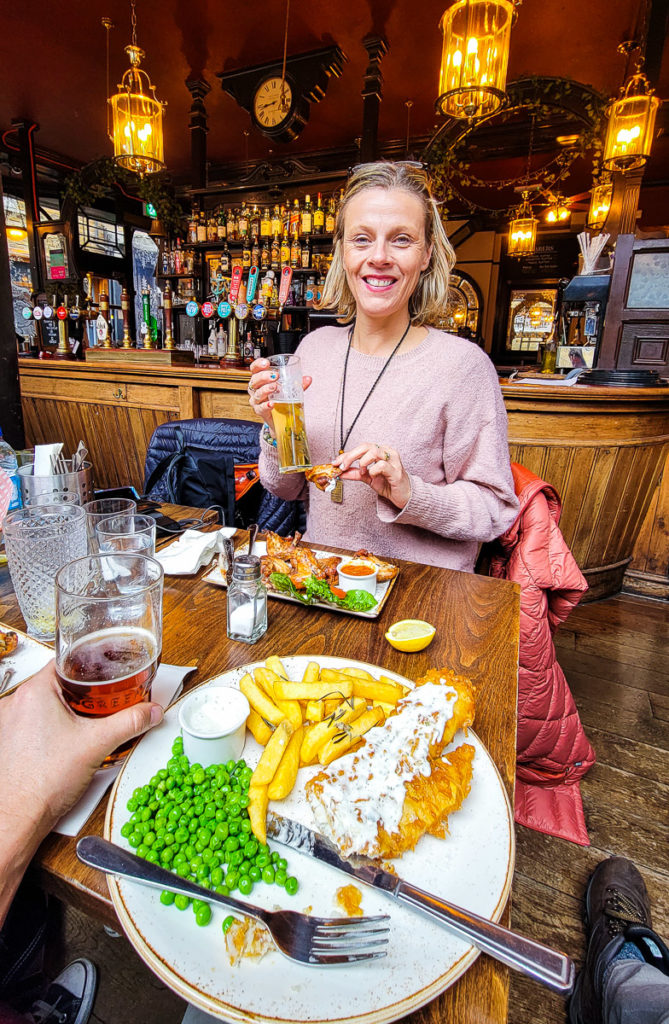
Free Now is the app we mentioned above, which was £40 less than what Uber wanted to charge.
FREE NOW is Europe’s “most popular taxi app”, with over 17,000 black cabs in London registered.
Paying with FREE NOW allows you to hop in a taxi at the airport, a taxi rank, or on the street and pay your fare with the card on your FREE NOW account. You can also book it directly through the app from your hotel.
When you hail a cab, make sure the driver is on FREE NOW before the journey starts.
Let him or her know you’d like to use Pay with FREE NOW. They’ll search for you on their app, and then put the payment through as normal at the end of the journey – similar to Uber.
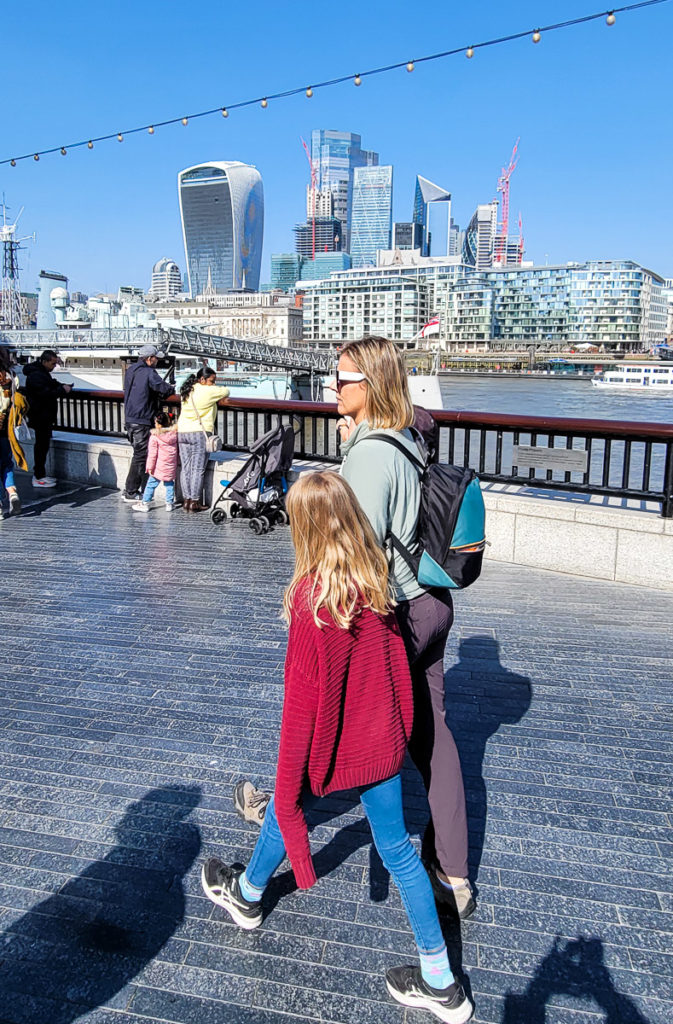
I know that cab drivers suffered because of ride sharing, so I’m happy to see an app that helps them benefit with the new way of doing things.
Plus, FREE NOW care about sustainability. It’s the only ride-hailing app where you can choose an electric Black Cab or Ride every trip, for no extra cost. They have pledged that all vehicles on FREE NOW in the UK will be zero-emission capable by 2025, including all taxis by 2024.
And they have a cool loyalty program!
In Summary
Ok, that is pretty much all you need to know about getting around London on the extensive London transport system. Phew!
Things to remember are:
- The tube is awesome!
- Walk around as much as you can.
- The best option is a contactless card/app (especially if you don’t get charged international transaction fees).
- Kids under 12 travel free.
- Kids 12-16 travel half price.
You can also read our tips on how to plan a trip to Europe with kids and tips for visiting Europe with kids.
London Accommodation
In need of a hotel or apartment rental when visiting London?
You can click the links below from our trusted partners.
Check out the map below for pricing!
More London Travel Tips
FREE London Bucket List Printable PDF
We’ve created a simple one-page checklist of all the top things to do in London, UK and London itinerary guides for you! Pop your name in the form below to access.
Comment: Are you a fan of the tube and walking around to explore? Do you have any questions or tips to share?
